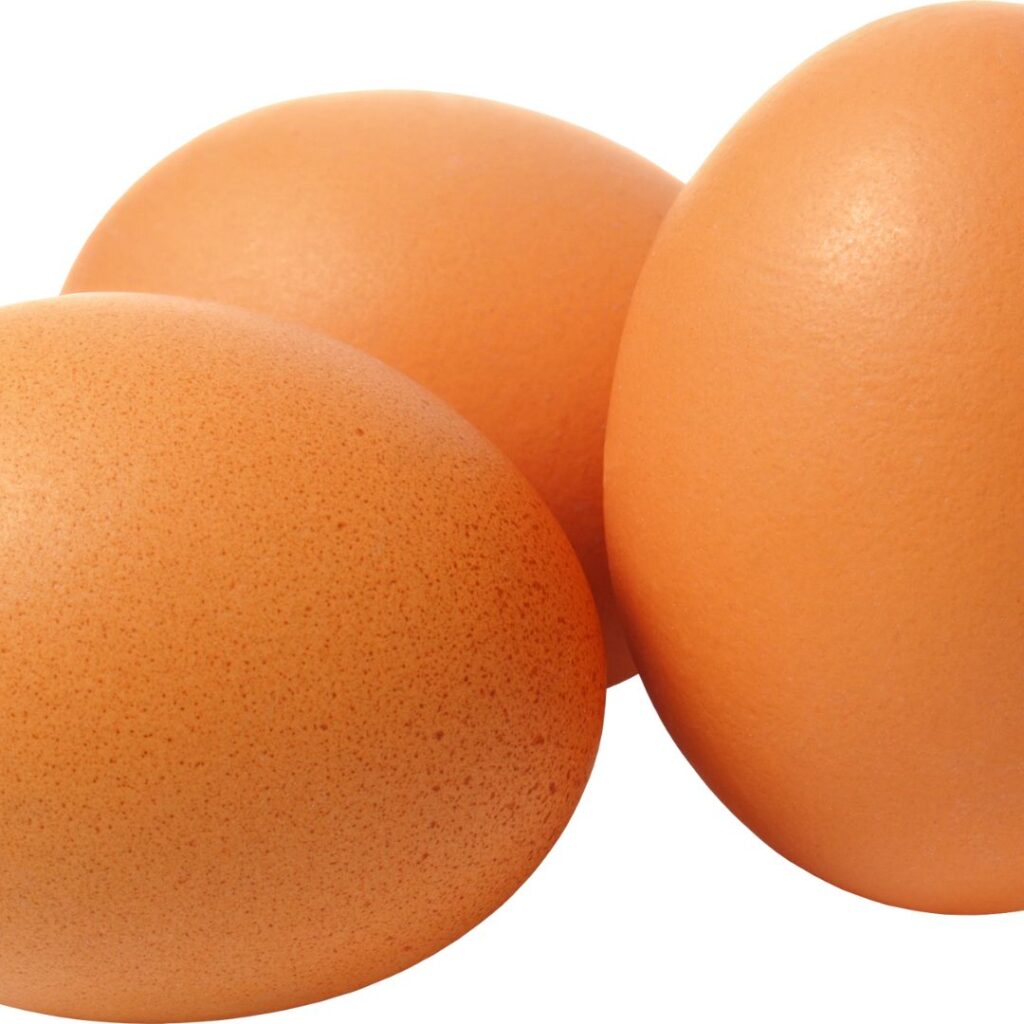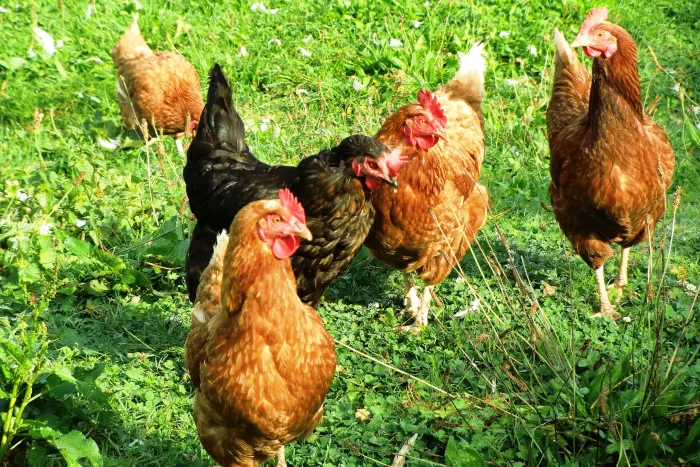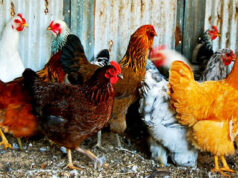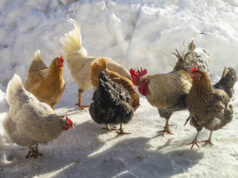When you think about enjoying a delicious chicken meal, the last thing you want to worry about is whether it’s safe to eat. However, questions often arise, and one common query among poultry enthusiasts is, is it safe to eat chicken with green muscle disease? This article dives deep into the issue, offering answers, explanations, and insights into green muscle disease in chickens, also known as Oregon Disease or Deep Pectoral Myopathy.

Understanding Green Muscle Disease
What Is Green Muscle Disease?
Green muscle disease, or Deep Pectoral Myopathy, affects the breast muscles of chickens. It occurs when there is a lack of blood supply to these muscles, leading to muscle death and a characteristic green discoloration. It primarily affects broiler chickens, which are bred for fast growth and meat production.
Why Does It Happen?
This condition is usually a result of vigorous activity or stress, which decreases oxygen supply to the breast muscles. Fast-growing breeds are particularly prone as their rapid muscle development can outpace their blood supply.

Symptoms and Identification
Spotting Green Muscle Disease
Green muscle disease is often discovered during processing. The muscle tissue turns green due to the breakdown of muscle fibers, which releases pigments. Affected muscles will be visibly green or darkened.
Impact on Chickens’ Health
Interestingly, green muscle disease does not generally affect the health or behavior of live chickens. They may appear perfectly healthy despite having the condition.

Is It Safe to Eat?
Addressing Food Safety Concerns
The main question remains: is it safe to eat chicken with green muscle disease? According to food safety experts, while the discoloration itself is harmless, the affected meat is often discarded due to its unappetizing appearance and altered texture.
Health Risks
There are no known health risks associated with consuming meat with green muscle disease. The primary concern is aesthetic and quality-related rather than safety-related.

Preventing Green Muscle Disease
Breeding and Management Practices
Poultry farmers employ several strategies to prevent green muscle disease. These include careful breeding practices and managing the activity levels of chickens to reduce stress.
Proper Handling
Handling chickens properly before processing and minimizing stress can also help prevent the occurrence of green muscle disease.
Consumer Considerations
Purchasing Tips
As a consumer, look for chicken that appears fresh and without discolorations. While green muscle disease is safe to eat, it is best to choose unaffected meat for quality and taste.
Cooking Recommendations
If you suspect green muscle disease in your chicken, cook it thoroughly. Proper cooking can help improve texture and make it safer to consume, although the appearance may still be off-putting.
Conclusion
In conclusion, while green muscle disease in chickens might be alarming, it does not pose a significant health risk. However, due to quality concerns, it is generally recommended to avoid eating meat affected by it.
To learn more about various chicken breeds and their characteristics, check out breed versions or find out which breeds lay jumbo eggs as well as which breeds taste best for a broader understanding of poultry management.
Frequently Asked Questions (FAQs)
What is Green Muscle Disease in chickens?
Green muscle disease, also known as Deep Pectoral Myopathy, is a condition that affects the breast muscles of chickens, leading to a green discoloration due to lack of blood supply and muscle death.
Can you eat chicken with green muscle disease?
While there are no known health risks, the affected meat is usually discarded due to its appearance and texture.
How can green muscle disease be prevented?
Preventing green muscle disease involves managing the stress levels and activity of chickens, using careful breeding practices, and properly handling chickens before processing.
For additional resources on poultry management and chicken breeds, visit Timber Creek Farmer’s guide to backyard chickens.
As an Amazon Associate, I earn from qualifying purchases.










